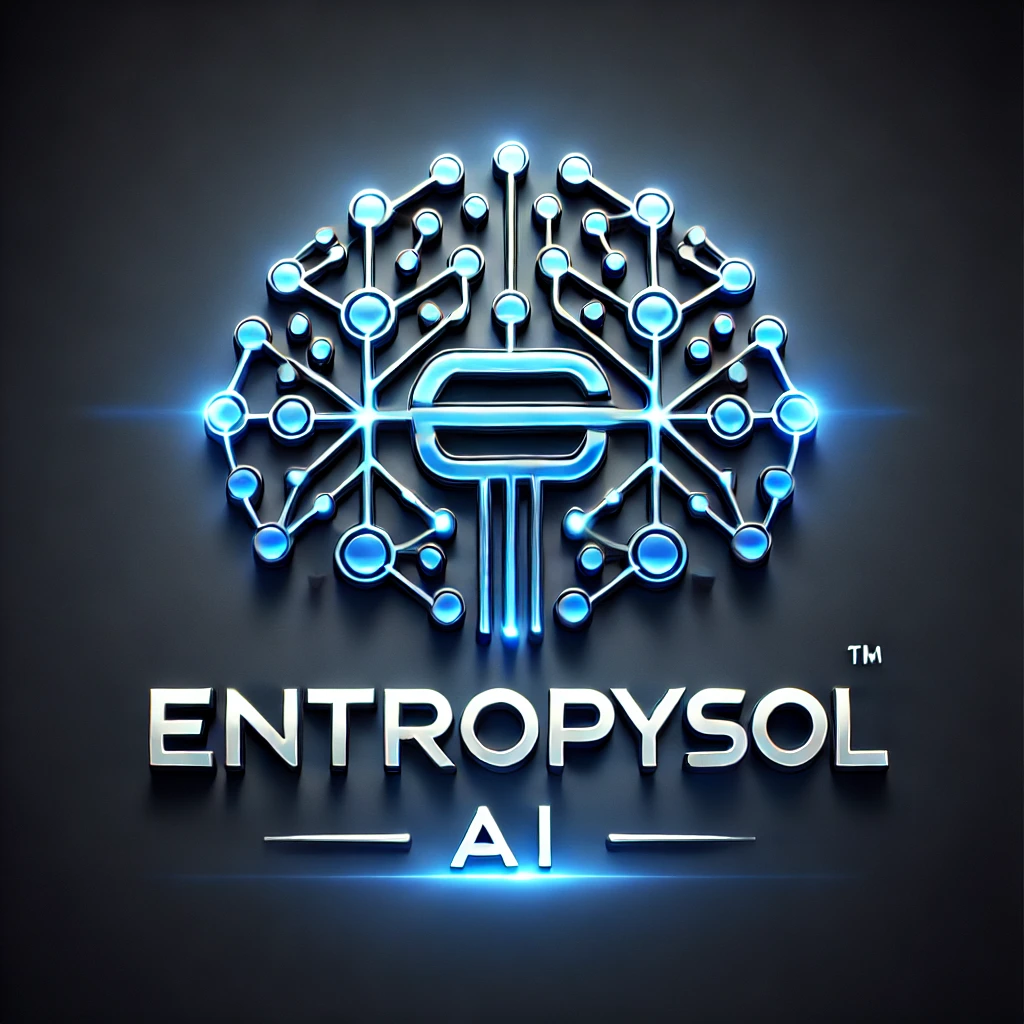In the complex world of deep learning, especially when processing sequential data like text or speech, models often struggle to keep track of information over long distances. Imagine trying to read a very long paragraph and remembering every detail from the beginning when you reach the end. This is a common challenge for traditional neural networks. The Attention Mechanism emerged as a brilliant solution, enabling models to dynamically focus on the most relevant parts of their input, much like how humans selectively pay attention to important details.
The Challenge of Long Sequences
Earlier recurrent neural networks (RNNs) and Long Short Term Memory networks (LSTMs) were designed to process sequences step by step. While effective for shorter sequences, they often faced difficulties with long term context. Information from the beginning of a long sentence could “fade away” by the time the model reached the end, a problem known as the vanishing gradient. This limitation significantly hampered their performance on tasks requiring understanding extensive dependencies, such as complex machine translation or summarizing lengthy documents.
What is the Attention Mechanism?
At its core, the Attention Mechanism is a technique that allows a neural network to assign varying degrees of importance or weighting to different elements of its input sequence when generating an output. Instead of processing every input element equally, the model learns to identify and focus on the most relevant pieces of information at each step.
Think of it like a student researching for a report. When writing about a specific subtopic, the student does not reread the entire textbook. Instead, they quickly scan for keywords and focus on the sections most relevant to that particular subtopic. The Attention Mechanism allows neural networks to mimic this intelligent selective focus.
How Attention Works: Query, Key, and Value
The fundamental idea behind attention involves three conceptual vectors:
- Query (Q): This represents “what I’m looking for” or the current element whose context needs to be understood.
- Keys (K): These represent “what I have” or a description of all available input elements.
- Values (V): These are the actual information content of each input element.
The mechanism works by calculating a similarity score between the Query and all Keys. These scores are then normalized (often using a softmax function) to produce attention weights. These weights indicate how much focus each Value (input information) should receive. Finally, a weighted sum of the Values is computed, providing a context rich representation that highlights the most relevant input information for the current Query.
Types of Attention
While the core QKV mechanism remains, attention can be applied in various ways:
- Encoder Decoder Attention (Cross Attention): Originally used in sequence to sequence (Seq2Seq) models for tasks like machine translation. Here, the decoder (generating the output) uses its current state as a Query to focus on relevant parts of the encoder’s (input processing) outputs (Keys and Values). This helps the model align words between source and target languages.
- Self Attention: This is the groundbreaking innovation central to the Transformers architecture. Instead of a decoder querying an encoder, each element within a single sequence (Query) attends to all other elements within the same sequence (Keys and Values). This allows the model to understand the internal relationships and dependencies between words in a sentence, capturing nuanced context (e.g., in “The cat sat on the mat,” self attention for “sat” might focus on “cat” and “mat”).
- Multi Head Attention: An extension of self attention and a key component of Transformers. Instead of performing attention once, it runs multiple attention mechanisms (called “heads”) in parallel. Each “head” learns to focus on different aspects of relationships or different types of context. The results from all heads are then concatenated and combined, providing a richer and more comprehensive understanding of the input. This enhances the model’s ability to capture diverse patterns.
Impact on Modern NLP
The Attention Mechanism is arguably the most significant innovation that enabled the rise of modern deep learning in Natural Language Processing (NLP). It is the fundamental building block of the Transformers architecture, which powers almost all cutting edge large language models (LLMs) like GPT series and BERT.
Its benefits are profound: improved handling of long sequences, vastly superior performance in tasks like machine translation and text summarization, and enhanced interpretability as attention weights can sometimes reveal which input words the model considered important. It also greatly contributed to the scalability and efficiency of pretraining very large models on massive datasets.
Conclusion
The Attention Mechanism fundamentally changed how neural networks process sequential data. By allowing models to intelligently focus on specific pieces of information, it has unlocked unprecedented capabilities in understanding and generating human language, driving the rapid advancements we see across all facets of deep learning and NLP.



